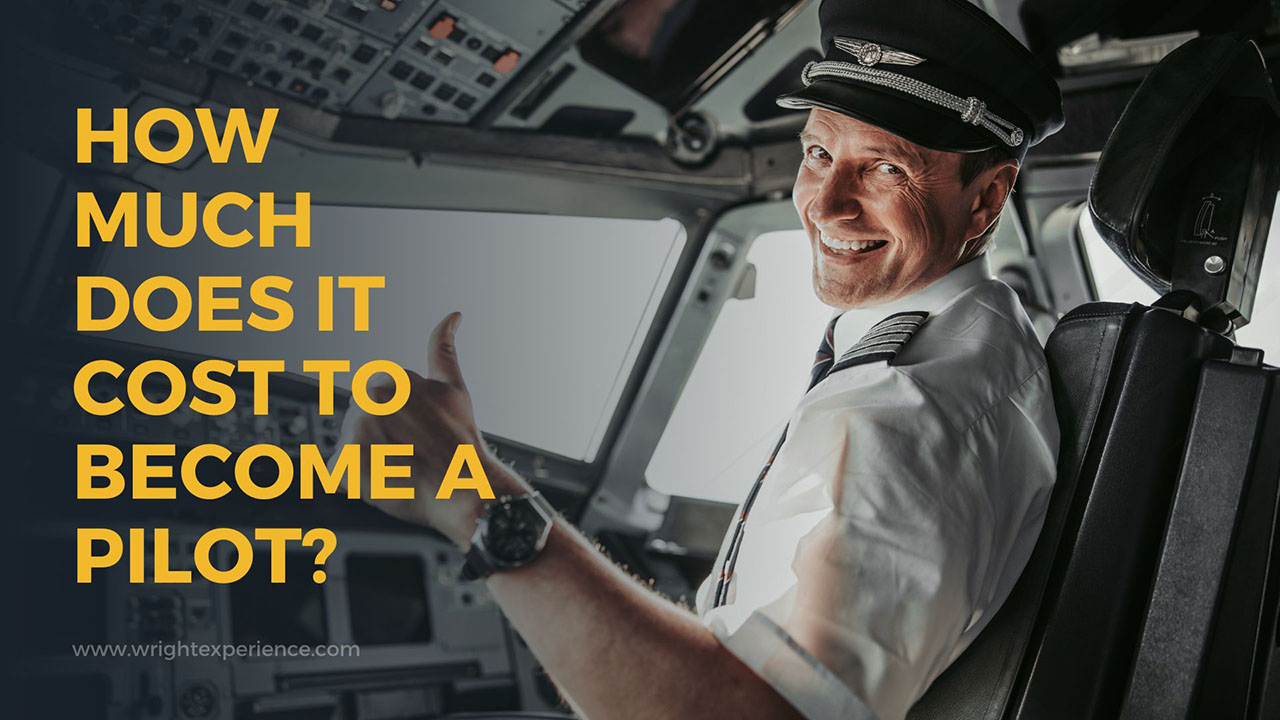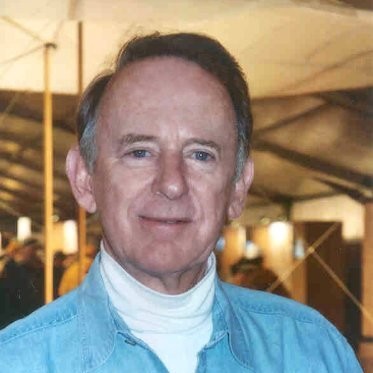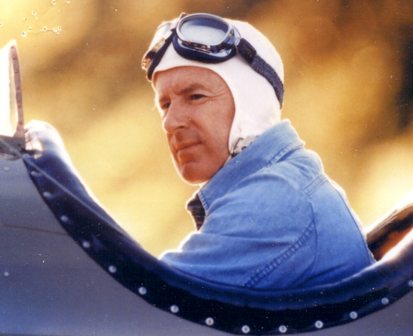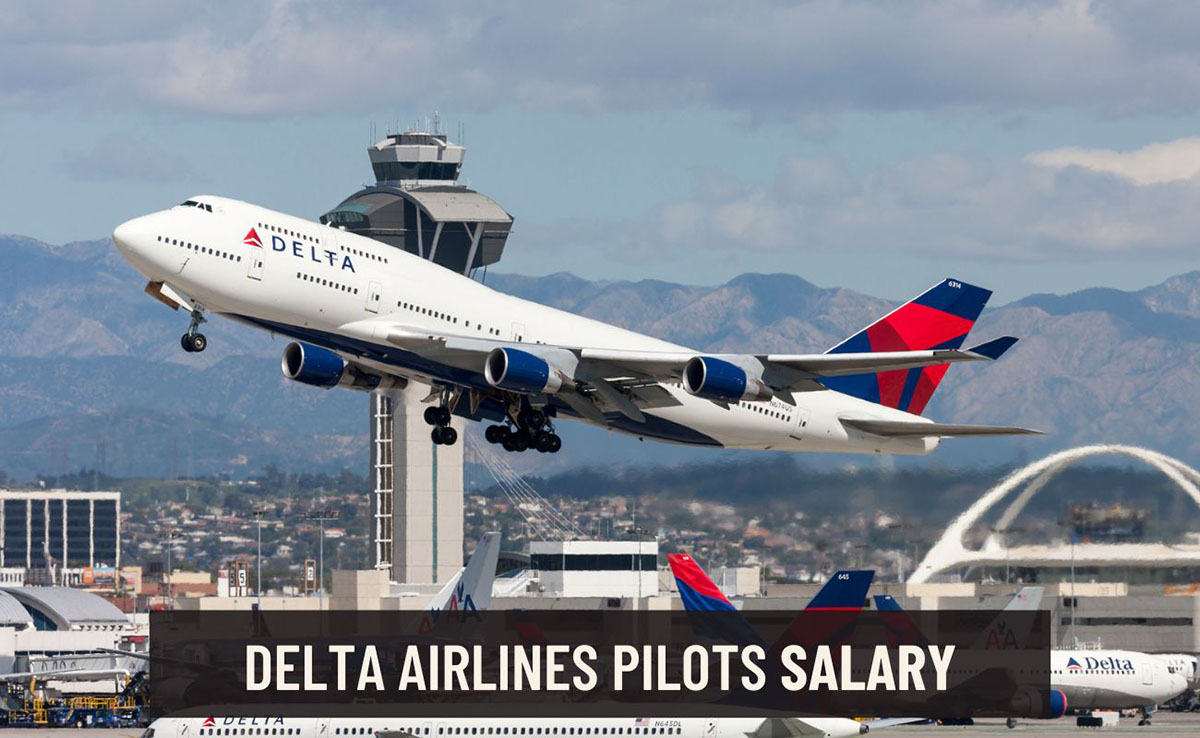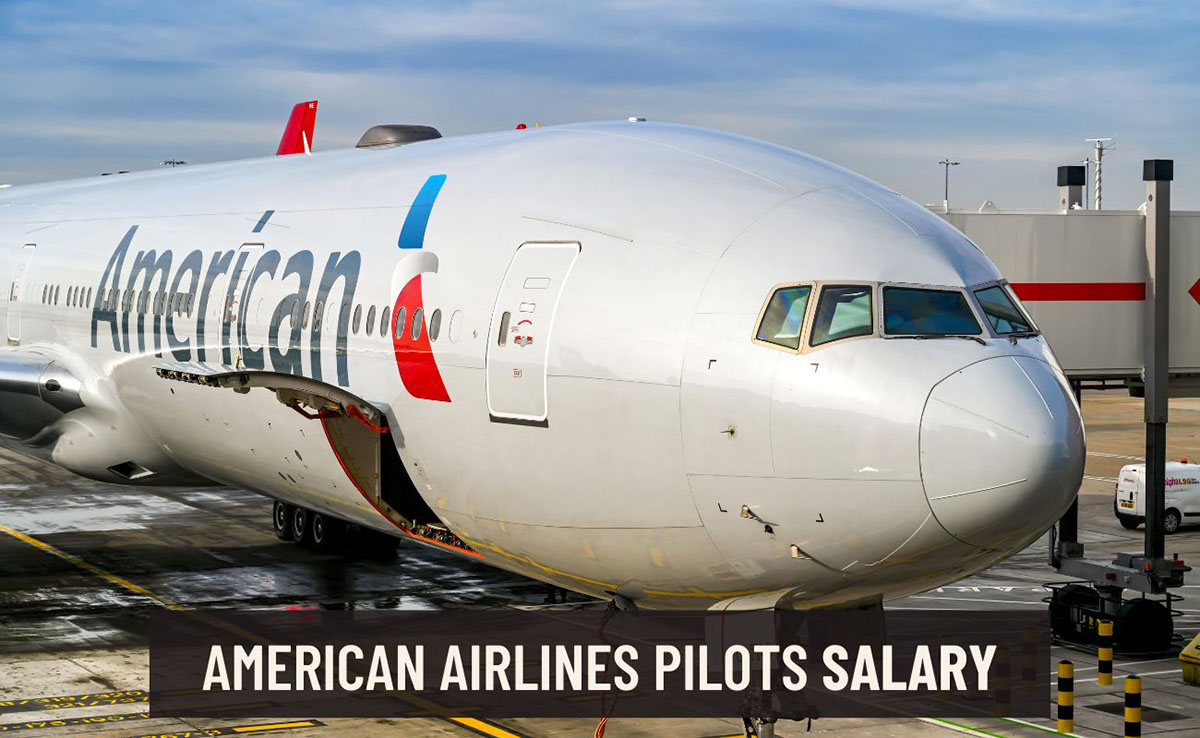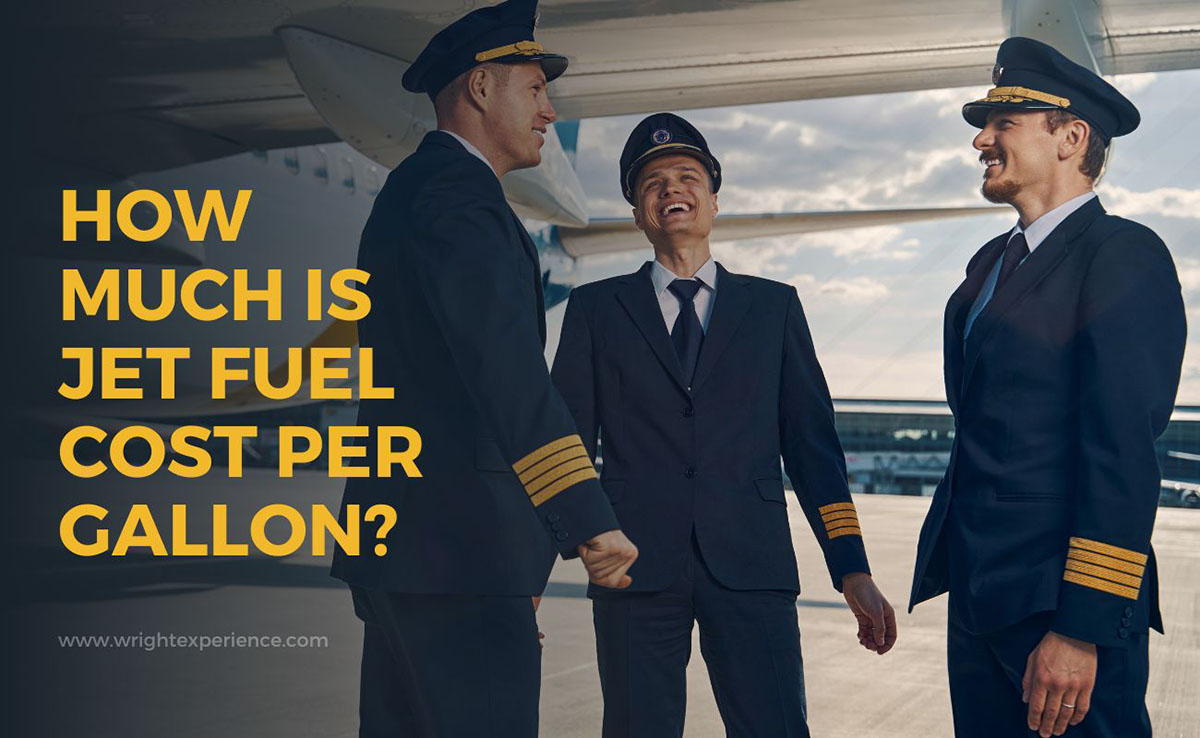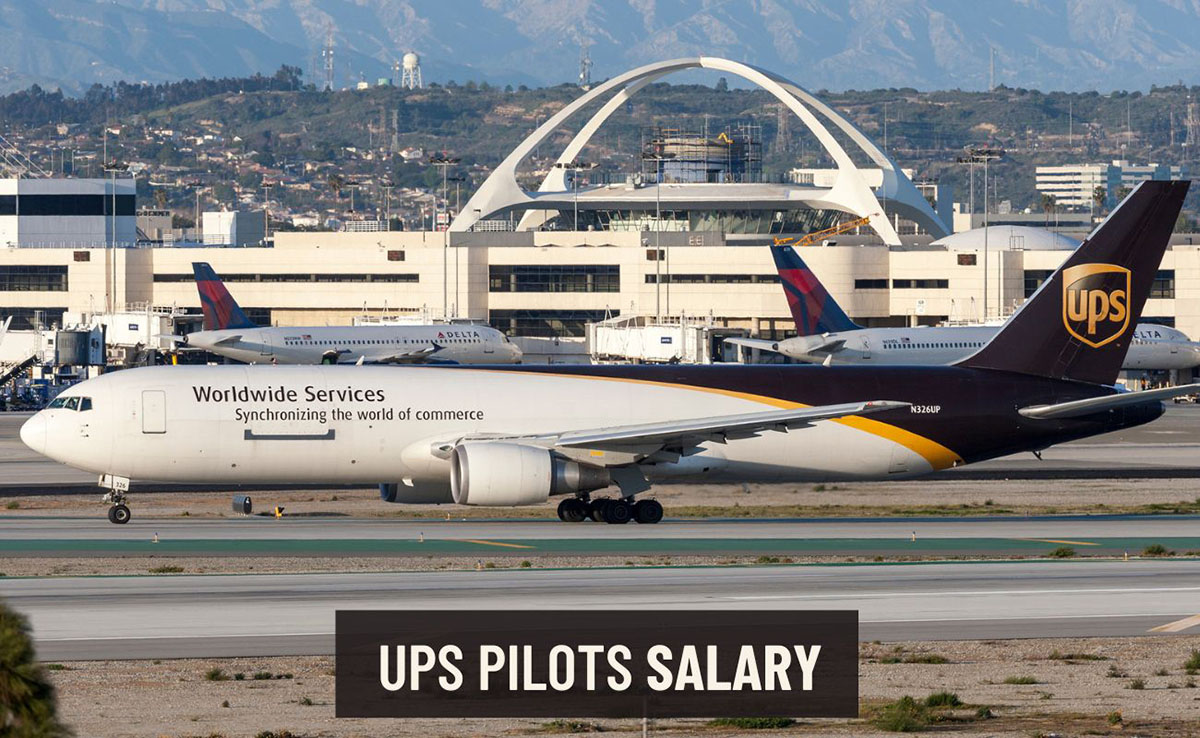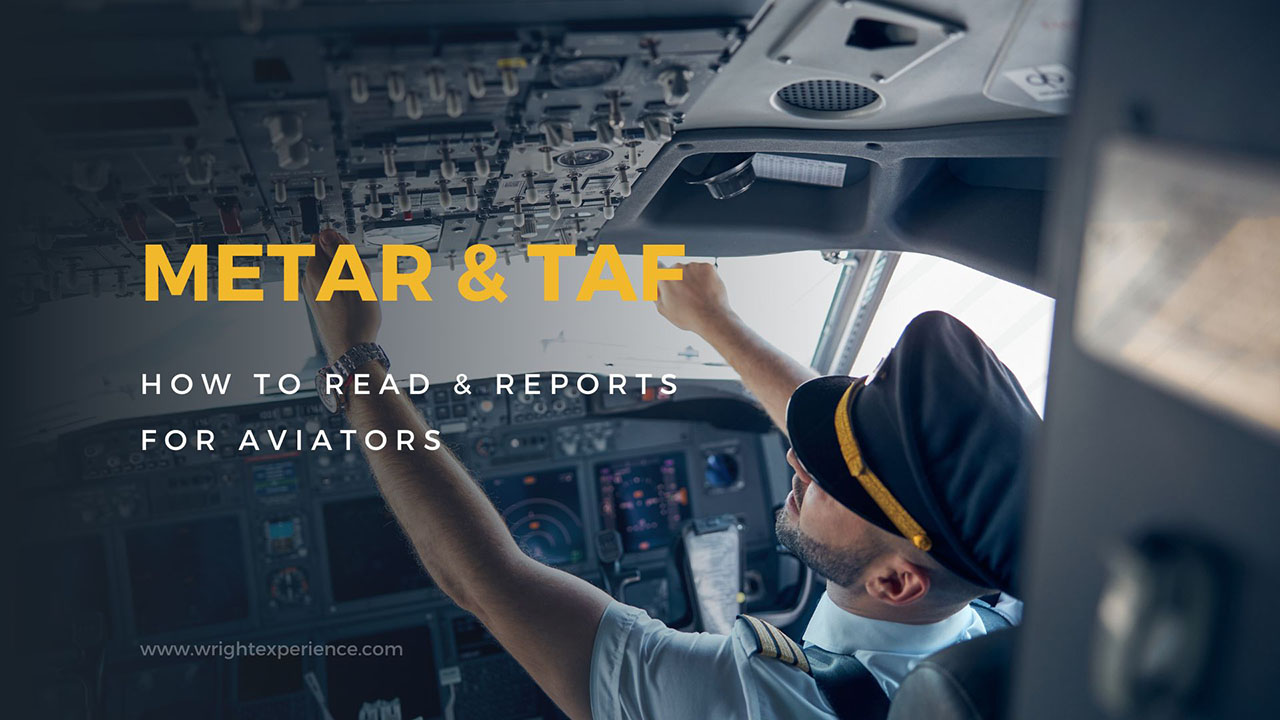It is unsurprising why pilot jobs have become a booming sector. The average salary is way higher than most other professions, with other follow-up benefits being just as desirable. Also, who does not love the chance to travel around the world?
But, of course, airliners cannot just hire anyone; you must be trained properly before applying for the position. Our guide will discuss the fees for pilot training and other expenses involved.
In this article:
How Much Does Flight School Cost
The cost to become a pilot varies depending on your prior experience, flight school, and the license type you are seeking. According to our research, it generally costs you about $100,000 if you’re starting from scratch. If you pursue a private pilot certificate, expect to spend at least $80,000 in total.
Some licenses even mandate obtaining another license; for instance, to get an airline transport pilot license, you must have a commercial pilot license first. Let’s break down the cost!
1. Training
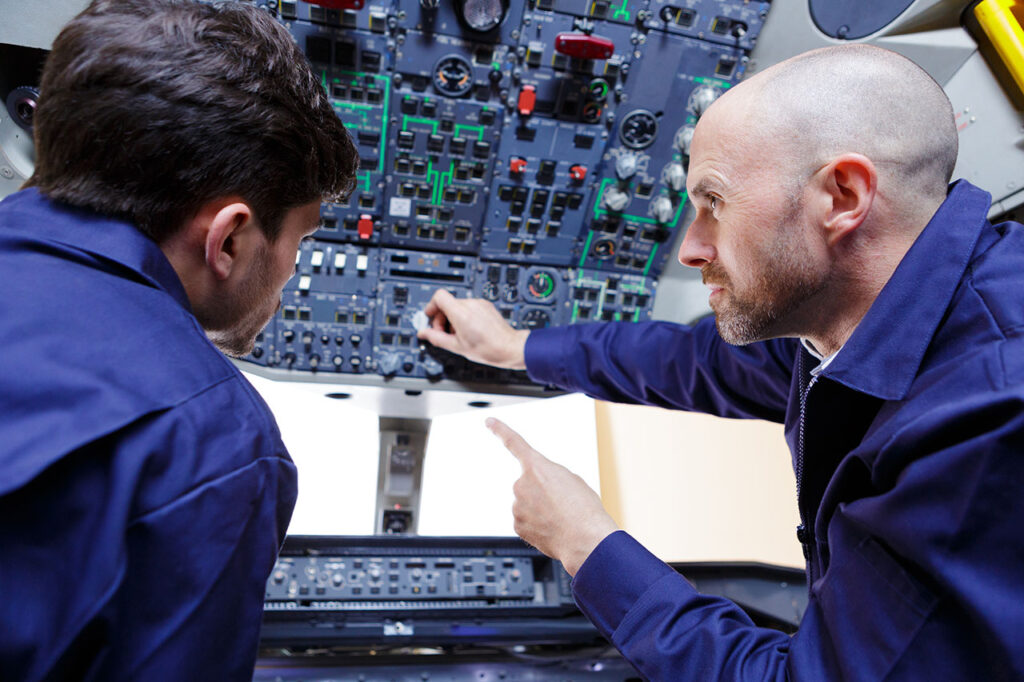
Instructor time and aircraft rental are the two biggest factors influencing your training costs. Furthermore, during the first stage of your training, you might be required to purchase some basic supplies.
Supplies
Most ratings or certificates will require charts, textbooks, and pilot gear, such as fuel testers, pilot bags, flight computers, kneeboards, and headsets.
The great news is these items will likely last for years, if not decades, if they are high-quality. Even better, some training programs cover these items in their syllabus, meaning you do not have to worry about spending money on the wrong manufacturer.
Aircraft Rentals
The cost of aircraft rental is often determined hourly (or, specifically, in increments of a tenth of an hour or six minutes). Suppose you fly for 1 hour and 15 minutes; then, you would be billed for 1.2 hours, as 1 hour and 12 minutes rounded to the nearest tenth.
The total time is recorded on the Hobbs meter, a device installed on the aircraft to measure the time the engine is running (from the moment it is turned on to when it’s completely shut down).
Some flight schools rely on wet billing, meaning the cost is all-inclusive and covers both aircraft rental and fuel expenses. Flight students only have to pay a single, comprehensive fee. Meanwhile, other schools prefer dry billing and require learners to pay extra for fuel usage.
Note that the price also depends on your plane type as well: large, complex models obviously cost a lot more than smaller ones.
Instructor Time
Like aircraft rental, hourly billing also applies to instruction time. You will pay for professional guidance while on the plane, as well as ground instruction (if any) before/after the flights.
2. Exam: $150 to $1200
Written Exam
You must pay some fees to the testing center when taking written exams. It often charges around $150, but depending on exam types and locations, there might be variations.
Practical Exam
A DPE (designated pilot examiner) will charge you during the check ride. Costs vary depending on the region and types of rides, but usually, they fluctuate from $700 to $1200.
3. Types of Pilot Licenses
Student Pilot Licenses ($75 – $200)
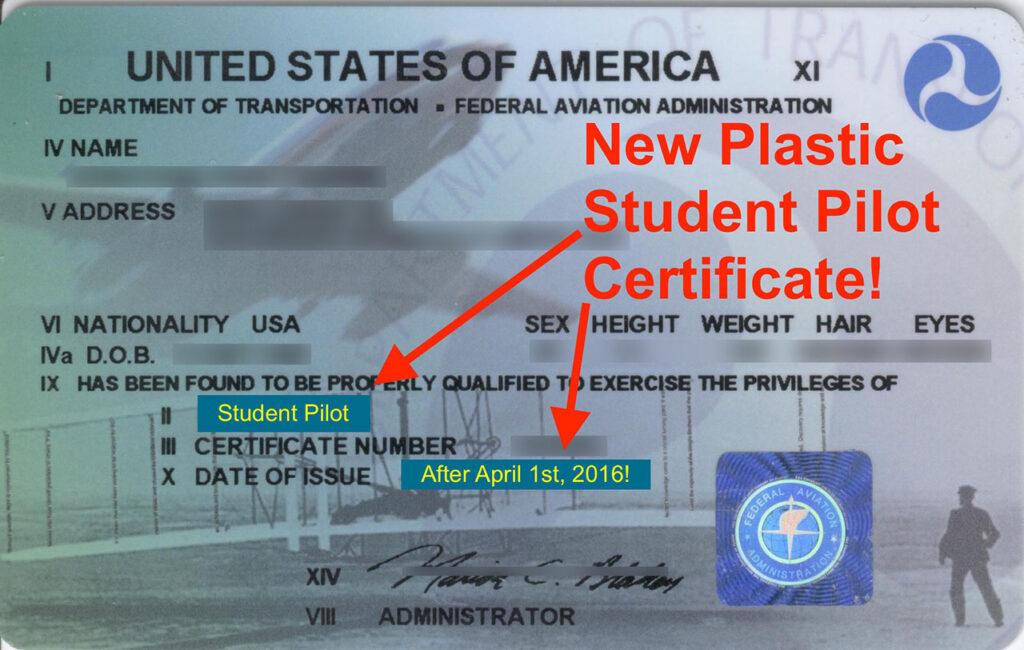
Most aviators start their flying journeys as students before aiming for higher certifications. Recreational pilots also choose to obtain student pilot licenses since these types of flights are generally not demanding.
The pilot training cost should be about $75 to $200 (if you even sign up for training in the first place; after all, it is not a compulsory requirement for a student license). The FAA usually charges nothing when you sign up for the license through FSDO (Flight Standards District Office) – unless you seek help from an instructor, representative, or examiner to process this application.
Sport Pilot Licenses (~$7,200)
With this certificate, aviation hobbyists can fly LSA (light-sport aircraft). However, unlike student pilot licenses, this one does require flying lessons at a ground/flight school.
You can choose between home-studying courses or instructor’s lessons for ground schools. The latter charge about $40 per hour, while online courses cost between $100 and $400. Plus, according to the FAA, the minimum flying time must be 20 hours (dual instruction accounts for 15 hours; the rest is solo flight hours).
Given the flight instructor’s fees ($60/hour) and rental rate for light sport aircraft ($180/hour), you should expect to pay at least $4,800. And since many pilots go beyond the minimum 20 hours to become more proficient (e.g., 30 hours, which charges an extra $2,400), $7,200 in total is considered the norm (exam fees included).
Recreational Pilot Licenses (~$10,300)
We have to be honest: most recreational pilots prefer to obtain a student or sports pilot license. These certificates are easy to get and also offer more privileges than recreational pilot licenses without costing too much.
Yet, despite the diminishing interest, the recreational certificate is still available at a price range similar to that of sports licenses. However, it does charge higher for aircraft rental ($180/hour) and requires at least 30 hours of flight time (15 spent with instructors and 15 solo).
Adding $60 per hour for flight instructors and an extra $700 for home-study courses, tests, and medical exam fees to this number, and you will have to prepare around $10,300 in total for the training.
Private Pilot Licenses (PPL) ($15,000 – $20,000)
You can command your aircraft for any purpose (both commercial and non-commercial). In exchange, more training will be required (35 to 40 hours, varying across different flight schools). Not to mention, some pilots are willing to go beyond the minimum requirements to hone their skills, raising the average number to 65 or even 70 hours. As a result, $15,000 to $20,000 is to be expected, ground instruction not counted.
Commercial Pilot Licenses (~$55,000)
The certificate allows you to receive payment for aviation activities (traffic reporting, pipeline patrol, agricultural applications, and more).
Part 61 flight schools require 250 flight hours, while Part 141 only asks for 190. However, the latter is known for higher instructor rates and aircraft rental, so both options kind of balance out.
Plus, regardless of your preferences, both cases require you to obtain a private pilot certificate beforehand. Some courses also include instrument rating and multi-engine training to help you prepare for commercial operations.
Long story short, our starting number is about $55,000. The actual expenses might double or even triple this estimate, depending on your training program and flight school.
Airline Transport Pilot Licenses (ATPL) (~$5,000)
A commercial pilot license is not the only thing you must obtain beforehand for this six-figure-salary position. You also need to log at least 1,500 hours of flight and complete an ATP-CTP (Airline Transport Pilot Certification Training Program) to get an ATPL.
But here’s the great news. If your aviation degree is issued by an FAA-authorized school or institution, you can receive restricted ATPL privileges upon fewer hours. Long story short, you can still fly as a co-pilot until the 1,500-hour milestone.
The training fee is approximately $5,000, covering pilot classes, practical tests, and knowledge exams.
Drone Pilot Licenses (~$450)
The FAA began to issue this certificate in 2016 due to exponentially growing demands.
First-timers must sign up for an aeronautical knowledge test for this license ($150), but Part 61 certificate holders only have to finish a free training course. In general, training fees average about $450.
Note that this license is mostly compulsory for commercial drone flights; it is totally optional if you are a recreational drone pilot.
4. Medical Exam: $75 to $200
You must also sign up for a thorough medical exam, and the certificate will be issued by the AME (Aviation Medical Examiner). This exam costs between $75 and $200, depending on location, doctors, class, etc.
Extra Tips To Save Money
- Do not underestimate the power of theoretical knowledge. If you understand well how the airplane works, there will be less difficulty during actual practice and, thus, fewer hours spent on air.
- Also, consider familiarizing yourself with simulation programs first, which basically let you learn how to fly without stepping onto the plane.
- Old and new planes are sometimes quite similar. So, if tight budgeting is your current issue, do not hesitate to opt for an older yet well-maintained model. You can still learn all there is to know without breaking the bank.
Is Becoming A Pilot Worth The Cost?
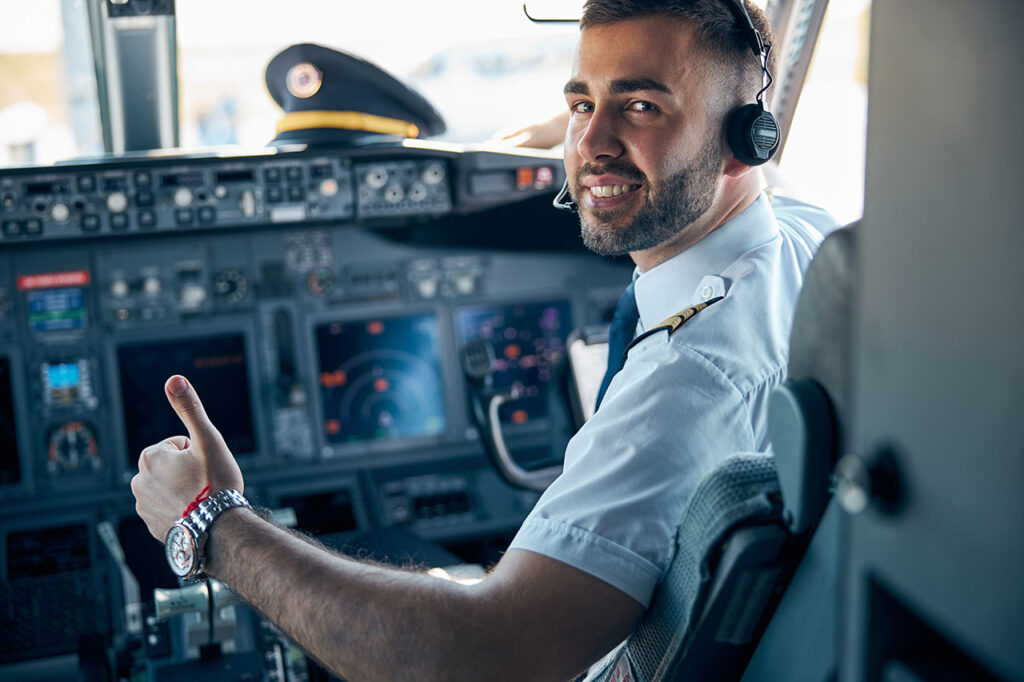
The salary alone makes the position worth it.
According to US News, Pilots’ average salary in 2022 was $148,900, with the highest-paid receiving $239,200. Even the lowest paid got $102,420 per year, which is truly impressive if we take a quick look at other job positions. And do not forget other lifetime benefits that go along with it, like travel discounts, health insurance, and more.
But on the other hand, training can take several months to years, demanding a lot of sacrifices in your personal life. The irregular schedules (early morning, late nights, long layovers, etc.) are also quite disruptive to your personal relationships.
Furthermore, this position requires you to maintain peak fitness standards, and not many people are cut out for the immense stress and fatigue the job brings about. Consider your strengths and weaknesses carefully before signing up for this long journey.
View more pilot guides:
Conclusion
Unless you just want to obtain a student or sports pilot certificate, the flight training cost for pilots is usually pretty high.
But given the competitive salary and lifetime benefits (not to mention the demanding nature of the job), that is unsurprising. Before deciding on any pilot training program, assess your qualities and strengths to determine whether you are meant for the position. Write to us if you need advice!

